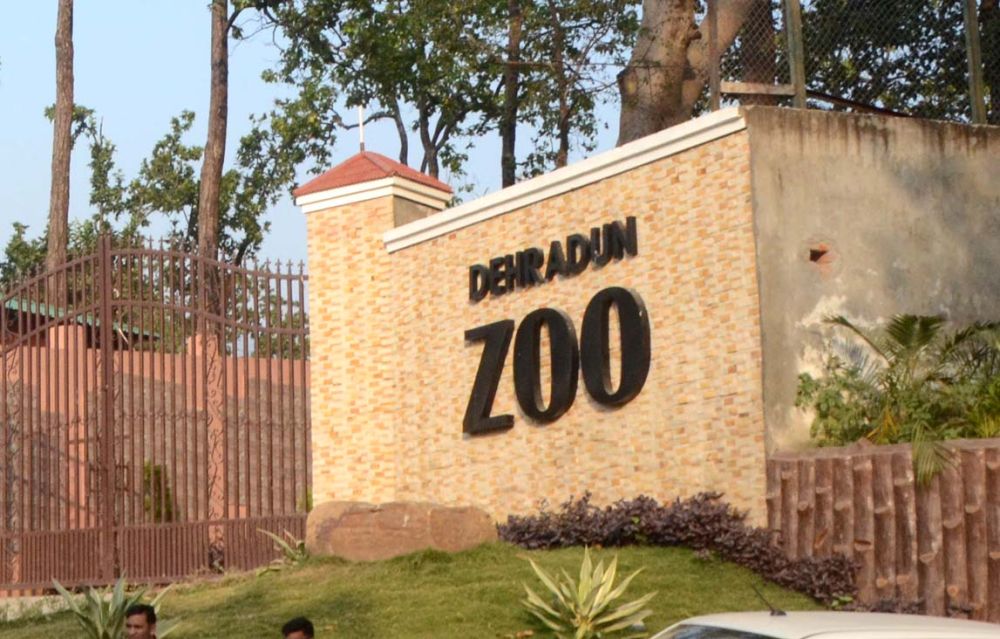

Dehradun Zoo, formerly known as Malsi Deer Park, is an embodiment of Uttarakhand's natural beauty and commitment to wildlife conservation. It's nestled in the foothills of the Shivalik range and has grown into one of the premier educational and eco-tourism destinations in the Dehradun valley. The history of tourism in this tranquil wildlife sanctuary illustrates the evolving relationship between humans and nature.
The origins of Dehradun Zoo date back to 1984 when it was established as Malsi Deer Park. It started as a mini-zoological park that was home to two species of deer located by the lush forests of Mussoorie road. Over the years, it expanded both in size and the number of species. Recognizing its potential as a significant tourist spot, the government invested in its development, upgrading its facilities to meet global standards.
In October 2015, the park was officially renamed Dehradun Zoo. It has become an integral part of Dehradun's tourism and conservation efforts, promoting education about biodiversity and the significance of protecting the environment. This zoo is part of the Central Zoo Authority of India and adheres strictly to guidelines ensuring the welfare of the animals and the safety and enjoyment of visitors.
The zoo is home to a wide variety of fauna, including the spotted deer, two-horned deer, and the neelgai alongside exotic birds, and a variety of flora. Not just confined to being a zoological park, it has developed other attractions such as an aquarium, a science park, and 3D Park, which are popular among children and adults alike.
In recent years, Dehradun Zoo has become a part of the eco-tourism circuit, which is a growing trend in regional tourism focusing on sustainability and natural experiences. Tourists are not only interested in sightseeing but also partake in educational tours, bird watching, and nature walks, which increases their understanding of environmental conservation.
Another emerging trend is the increased use of digital platforms for enhancing visitor experience. The zoo authorities are leveraging social media to spread awareness and create interactive experiences, including virtual tours and educational content, which attract tech-savvy tourists and young learners.
The use of technology has also enabled the management to streamline operations, from ticketing to visitor tracking, ensuring a smooth and hassle-free experience for visitors. This focus on using smart solutions is in line with modern tourism trends, where convenience and new experiences are highly valued.
For those planning to visit, it's located roughly 10 km from the city center, making it easily accessible by road. The best time to visit the zoo is from March to June and from October to February, when the weather is pleasant. It's important to note that the zoo is closed on Mondays for maintenance.
In conclusion, the Dehradun Zoo stands as a testament to the evolving nature of tourism in Uttarakhand. From a simple deer park to a fully-fledged eco-tourism destination, it echoes the state's dedication to preserving wildlife and educating future generations. With each passing year, it continues to attract people from all over the world, offering a serene and enlightening glimpse into the natural world.